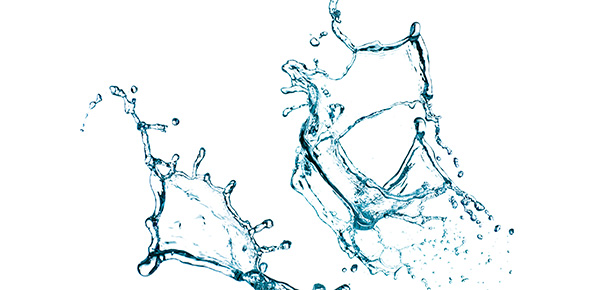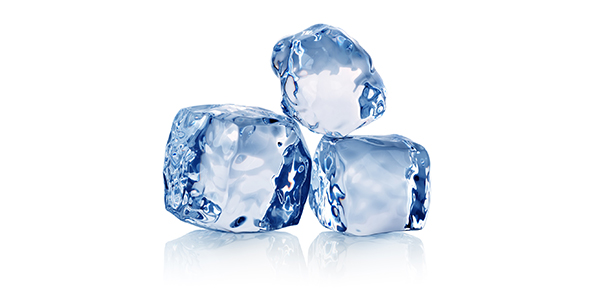Related Flashcards
Cards In This Set
| Front | Back |
|
Describe the operating principle of inflatable deicer boots.
|
Pneumatic... Rubber inflatable boots that are attached to the leading edges of the wings and stabilizers that are alternately inflated to break away the ice that accumulates.
|
|
What are two methods of inflating pneumatic deicer boots?
|
Engine driven air pump or bleed air.
|
|
What methods are used to attach deicer boots to the leading edges of wing and tail surfaces?
|
Cement, Fairing strips and/or screws.
|
|
What is the purpose of an air-oil separator in a pneumatic deicer system?
|
To prevent the oil from deteriorating the rubber boots.
|
|
What is used to clean deicer boots?
|
Mild soap and water.
|
|
What must be done before you can make a cold patch repair to a deicer boot?
|
Relieved from its installed tension.
|
|
What component of a pneumatic deicer system normally allows suction to be supplied to the boots to hold them down in flight?
|
The solenoid distributor valve.
|
|
Describe the operating principle for thermal anti-icing systems?
|
Prevents ice from forming on the leading edges from hot air that passes between the skins.
|
|
What methods are used to supply heated air for thermal anti-icing systems?
|
Bleed air from turbine compressor.Engine exhaust heat exchangers.Ram air heated by combustion heater.
|
|
How is overheating prevented in a thermal anti-icing system using bleed air?
|
A thermal switch will cause a shut-off valve to close and stop the flow of bleed air.
|
|
In a thermal anti-icing system, what happens to the air after it has heated the leading edge of the wing?
|
Exhausted to the atmosphere at the wingtip or at points where ice formation could be critical.
|
|
What problems are associated with electrically heated windshields?
|
Delamination, arcing, scratches and discoloration.
|
|
What is windshield delamination?
|
Separation of the plies.
|
|
What does arcing usually indicate in an electrically heated windshield?
|
A breakdown in the conductive coating.
|
|
Name the three methods of removing rain from aircraft windshields.
|
Wipers, pneumatic systems, and chemical repellant.
|







